Rose garden ideas – 14 colorful rose gardens to inspire
Find inspiration for a romantic rose garden full of color and fragrance
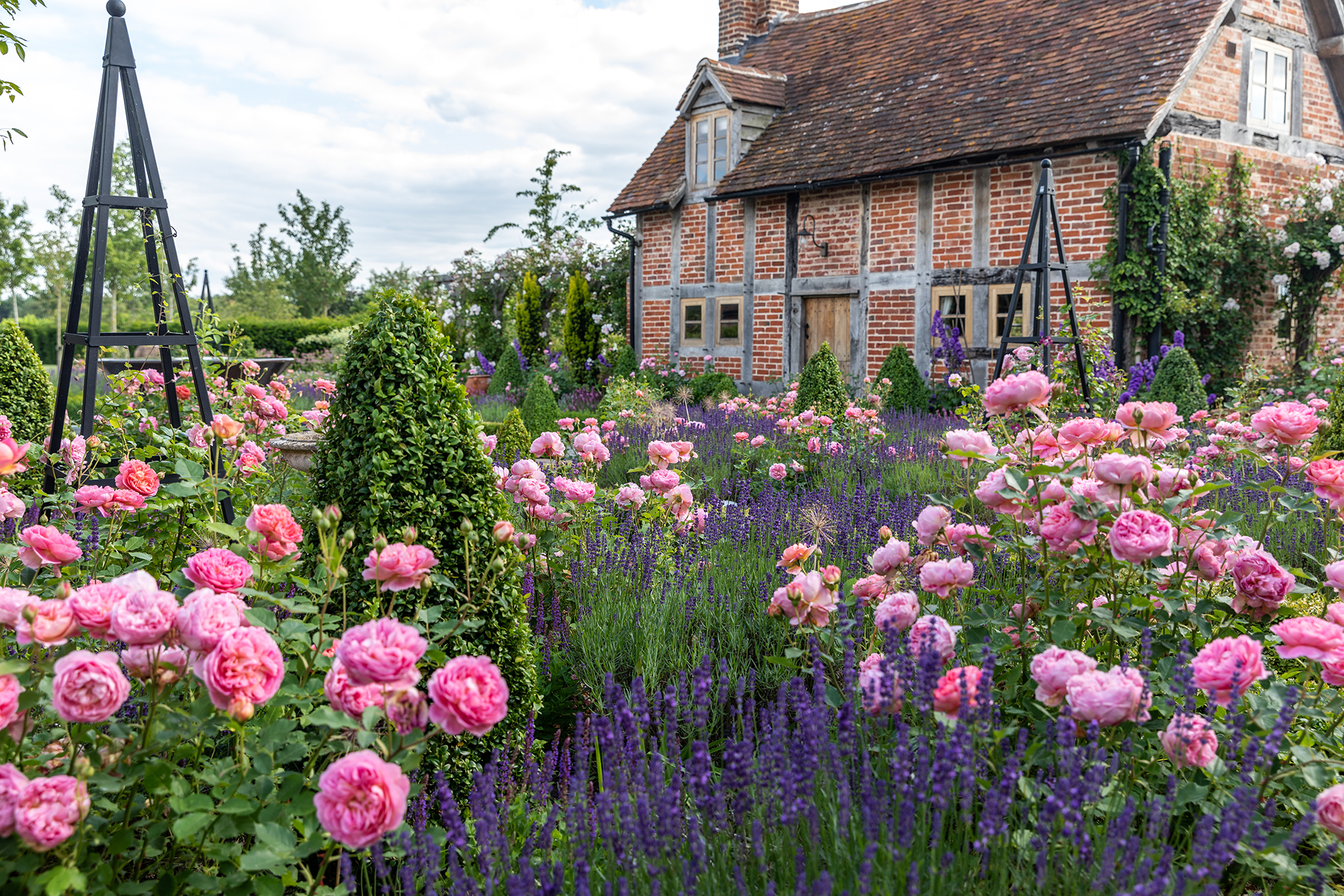
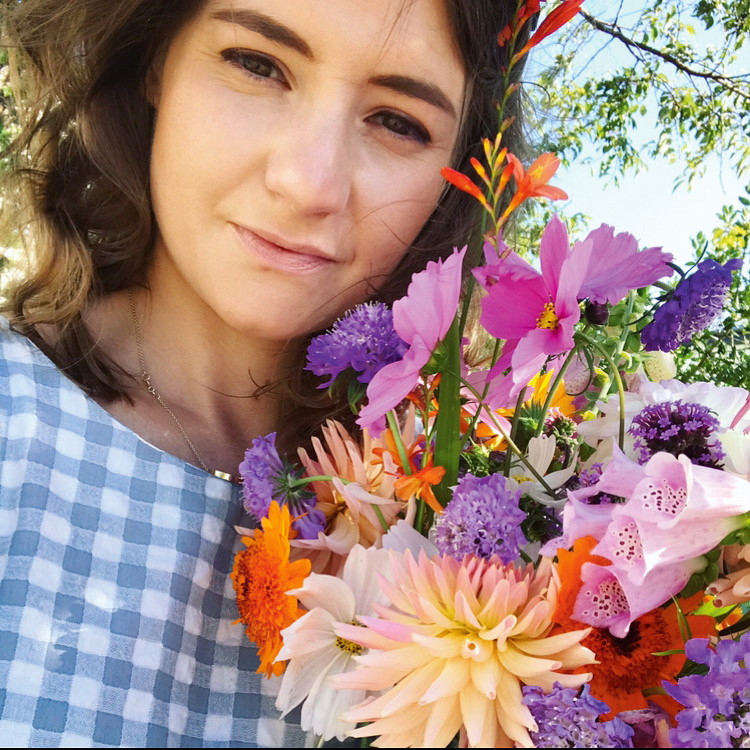
Rose gardens have long been symbols of romance and elegance. Loved for large blooms and divine fragrance, the rose is a stalwart of the English garden and there are few plants that can rival its versatility. Available as climbers, ramblers, bushes, shrubs and ground cover roses, in a variety of colors, fragrances and repeat flowering or single blooms, there are a variety of rose garden ideas for almost every position.
Picture a rose garden and it may well conjure images of formal rose gardens designed to pay homage to the classic elegance of roses. Often these gardens consist of symmetrical, geometric borders edged with trimmed box-hedges and infilled with neatly trimmed rose bushes, often arranged by color. However, you don’t need to plant roses in a formal rose garden to appreciate the beauty of roses, there are numerous ways to enjoy them in your garden from climbing over a pergola to in pots on the patio.
We’ve rounded up an array of rose garden ideas to introduce them into your outdoor space.
Rose garden ideas
Roses are such beautiful flowers that many designers like to create a dedicated area for them. ‘Roses should be the star of the garden,’ says Florida-based garden designer Matthew Giampietro . ‘I like to incorporate roses into a garden by designing a formal rose garden or outdoor ‘room’ for roses, or even just a border of roses.’
In times gone by, walled rose gardens were known as rosaries and often contained nothing but roses. Modern gardening practice tends to favor designing a rose garden so that roses sit amongst perennials, biennials, and annuals, however – both because it looks more contemporary and because it helps to prevent rose sickness. For example, salvias (such as the fabulous hot-pink ‘Cerro Potosí’) are thought to act as natural fungicide because their leaves contain sulphur.
1. Plant roses as hedging or en masse
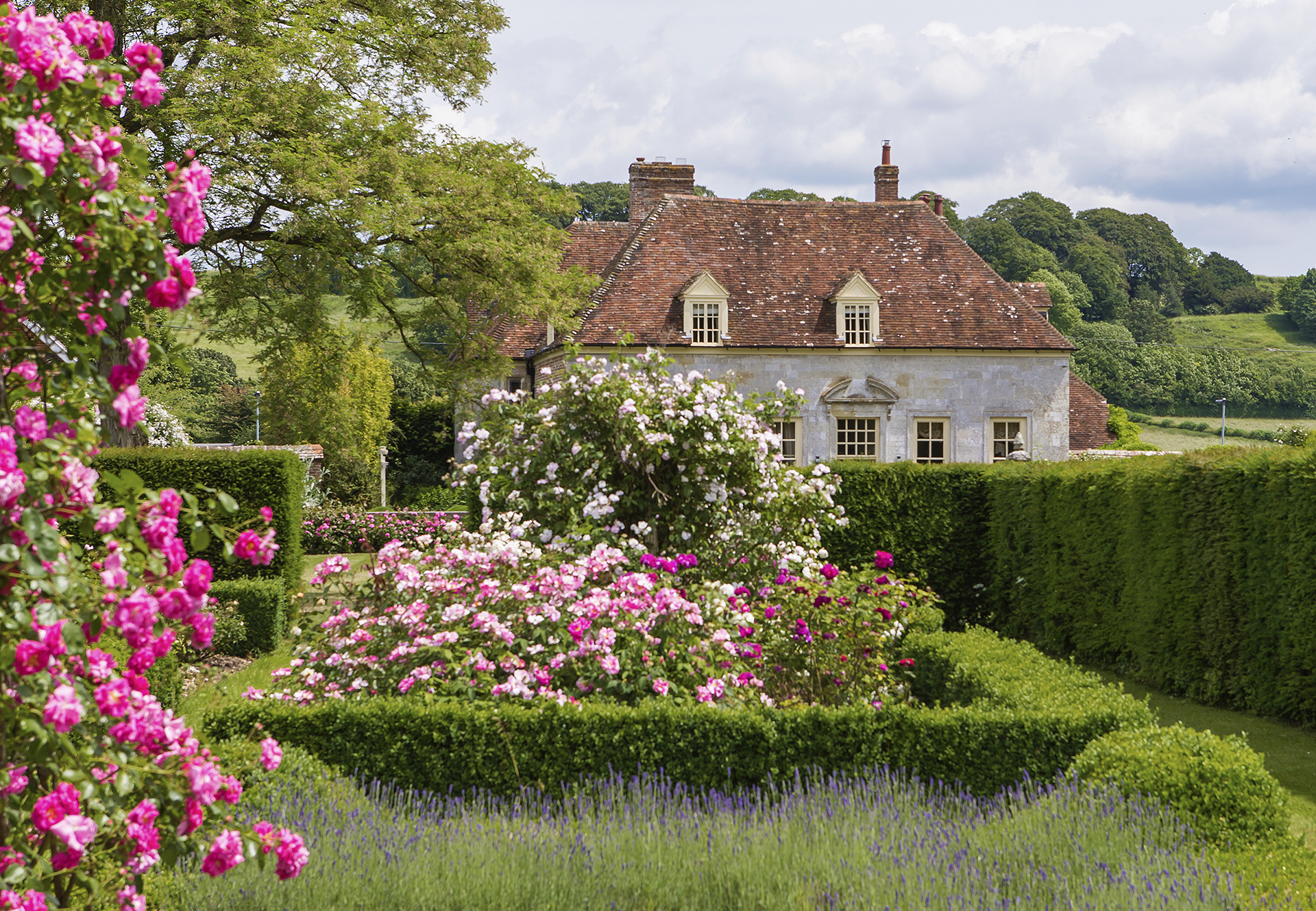
‘We like to bring the luxe look of roses into the gardens of modern homes,’ says Pennsylvania-based landscape designer Nathan Tuno , who works at Roots Landscape Inc.
‘Roses done as a hedge or a large mass grouping work beautifully in contemporary landscapes. Stick with neutral tones such as white or blush, or perhaps yellow to give a pop of color while staying cool and understated. We lean on the Knock Out rose varieties, such as Sunny Knock Out or White Knock Out. They produce an abundance of delicate flowers while being unfussy.’
2. Plant roses for a wildlife garden
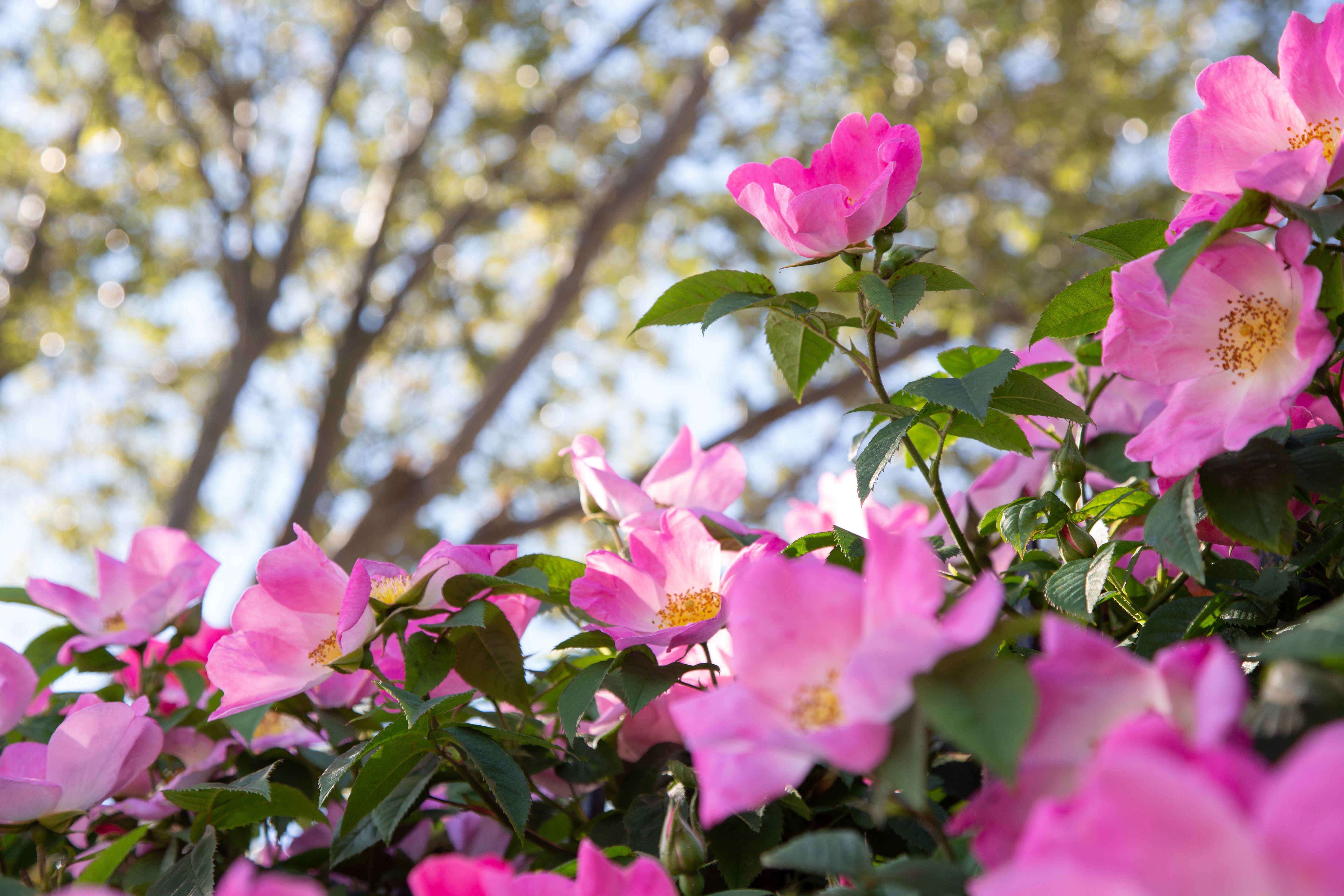
Many garden designers like to use wild species roses (or single and semi-double roses that have the look of wild roses) to create a wonderfully informal, natural look, while providing food for wildlife.
‘I especially love the pasture rose (Rosa carolina),’ says Maryland-based landscape architect and designer Kirsten Coffen. ‘This rose is native to North America and grows especially well in coastal areas and sloping terrain. The bright-pink flowers are born in spring and throughout the summer and are a much loved food source for bees and other pollinators.’
Such wild roses are superb grown as a rose hedge or as part of a mixed native hedge – wonderful wildlife garden ideas.
3. Grow roses through a tree
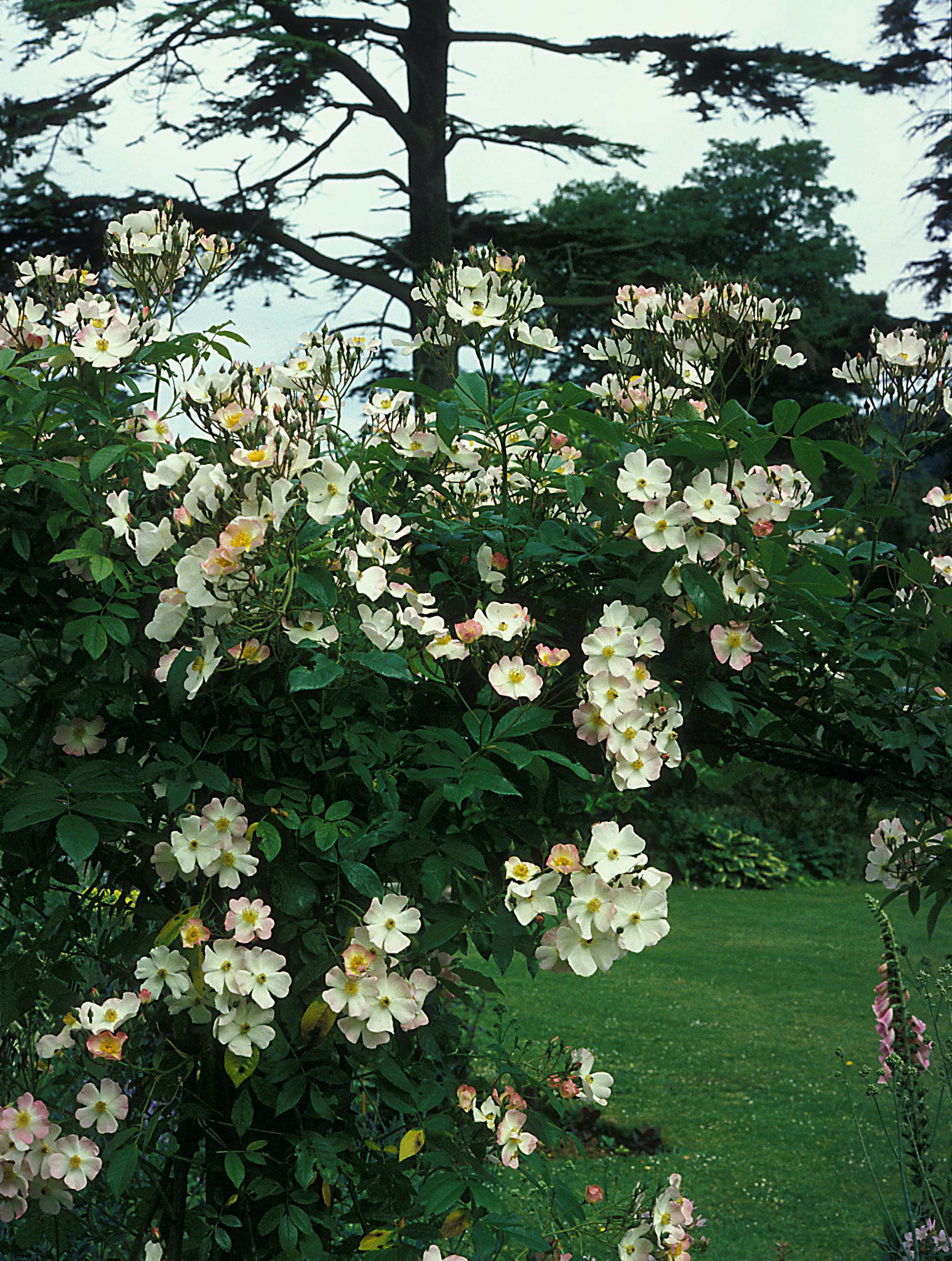
Growing a rose through a tree makes for a romantic, beautiful feature in the garden during summer. Make sure you select the right tree and the right rose for a knock-out combination.
‘Choose a rambler that is not so vigorous that it will smother trees,’ advises Michael Marriott, one of the world's leading rose experts. ‘One of my favorite free-flowering ramblers is ‘Francis E. Lester’ , which has single soft-pink flowers like a wild rose, with a delicious musky fragrance. These are followed by similar quantities of small orange hips. It would be suitable for a medium-sized mature tree like an old apple. The advantage of growing into a tree is that once up there it needs no maintenance so all you have to do is admire it!’
4. Grow roses as ground cover
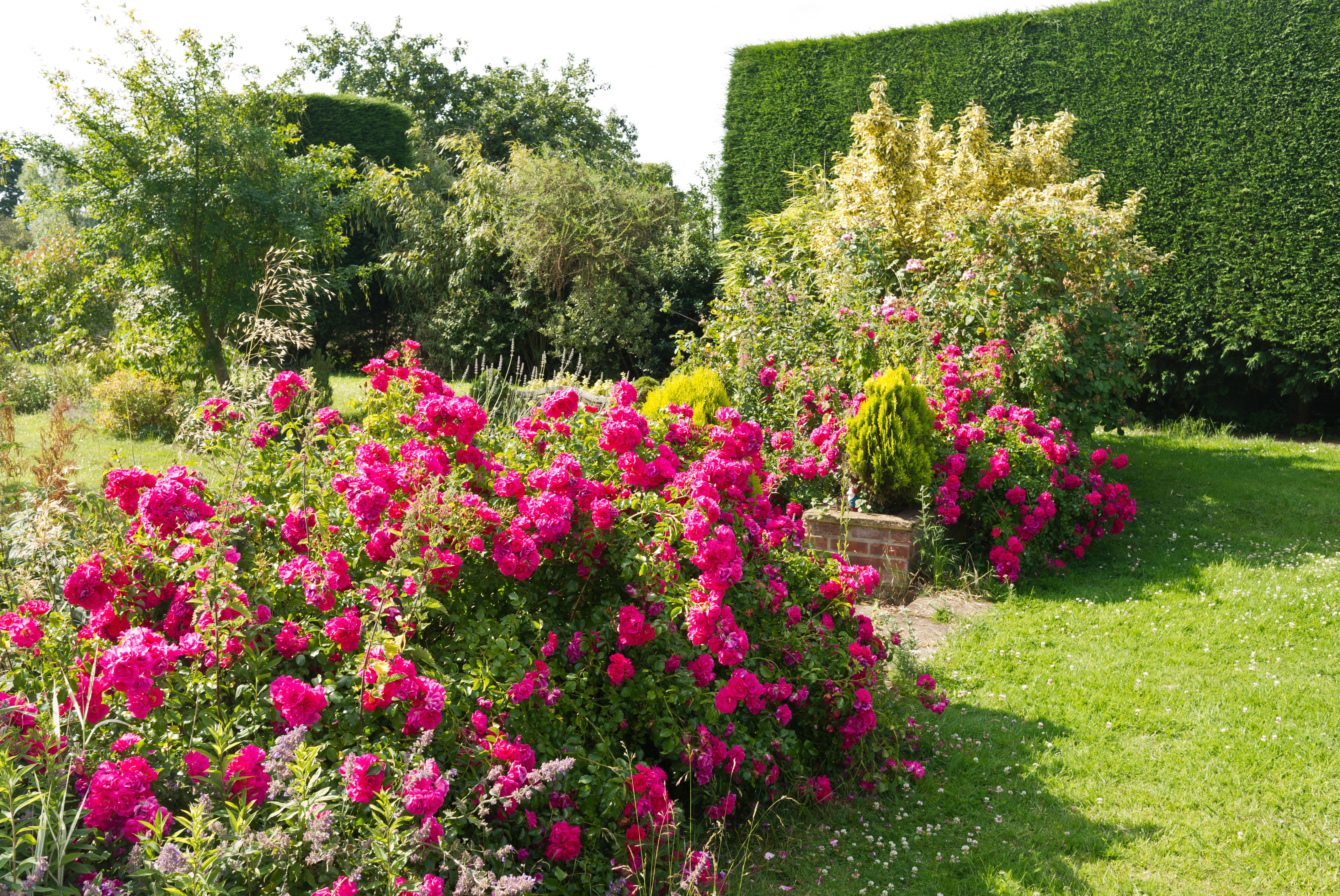
Procumbent roses sprawl over the ground, quickly suppressing weeds and concealing bare soil, and many of them have single or semi-double flowers that provide nectar for pollinators.
‘The Flower Carpet roses come in a variety of colors from dark red and bright pink to yellow and white,’ says Kirsten Coffen . ‘As ground cover, they combine beautifully with pale-blue catmints (Nepeta), which offset the hot flower colors. I like to use such roses to create a punch of color near a walkway or entrance space.’
5. Grow a rose garden over a seating area
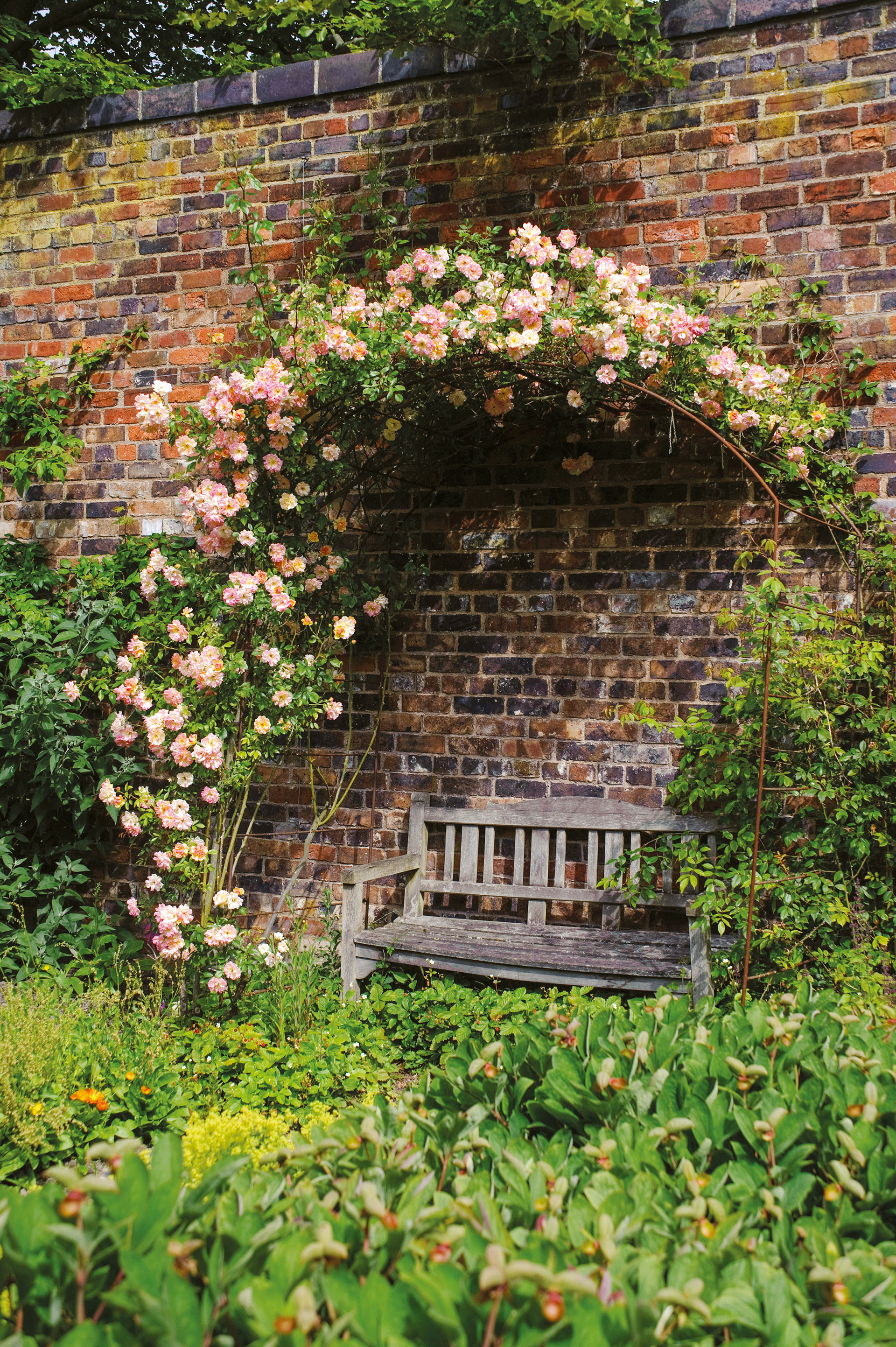
Repeat flowering and with beautiful fragrances, roses are a brilliant choice of flower for growing near a seating area. Try training a rambling rose, such as this Phyllis Bide variety by David Austin Roses, across an arch over a bench for a pretty garden retreat. A repeat flowerer with a medium, sweet scent and sprays of small, pale apricot-pink flowers, Phyllis Bide brings a romantic feel to the garden summer long.
6. Use roses to bring color to informal mixed borders
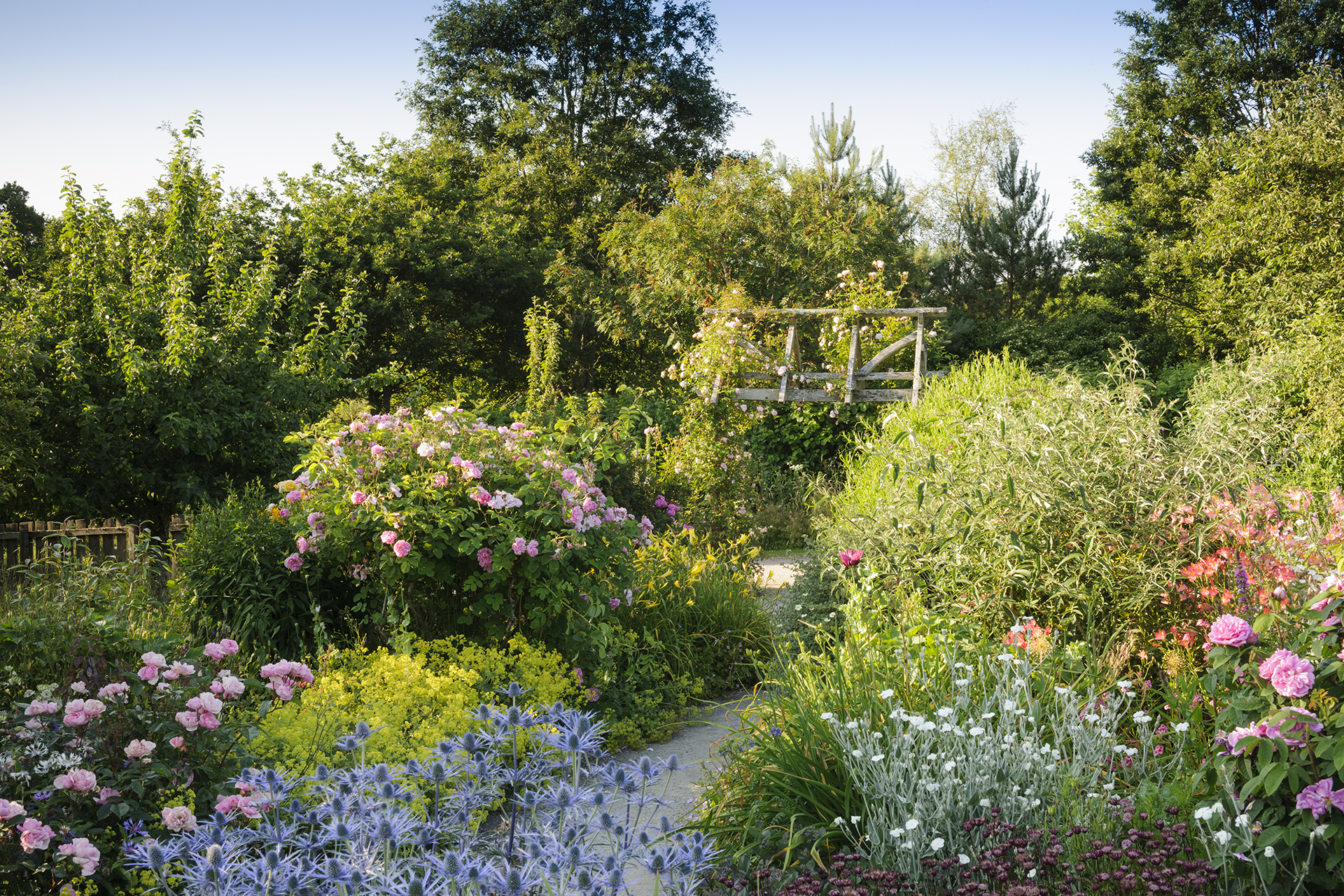
Take a more informal approach to growing roses and include them as part of a mixed border of shrubs and herbaceous perennials to bring color and height. Planting them alongside plants such as Achillea Mollis and Sea Holly will create a romantic cottage garden feel as these borders at The Cottage Garden at RHS Rosemoor prove.
7. Plant roses in color blocks for impact
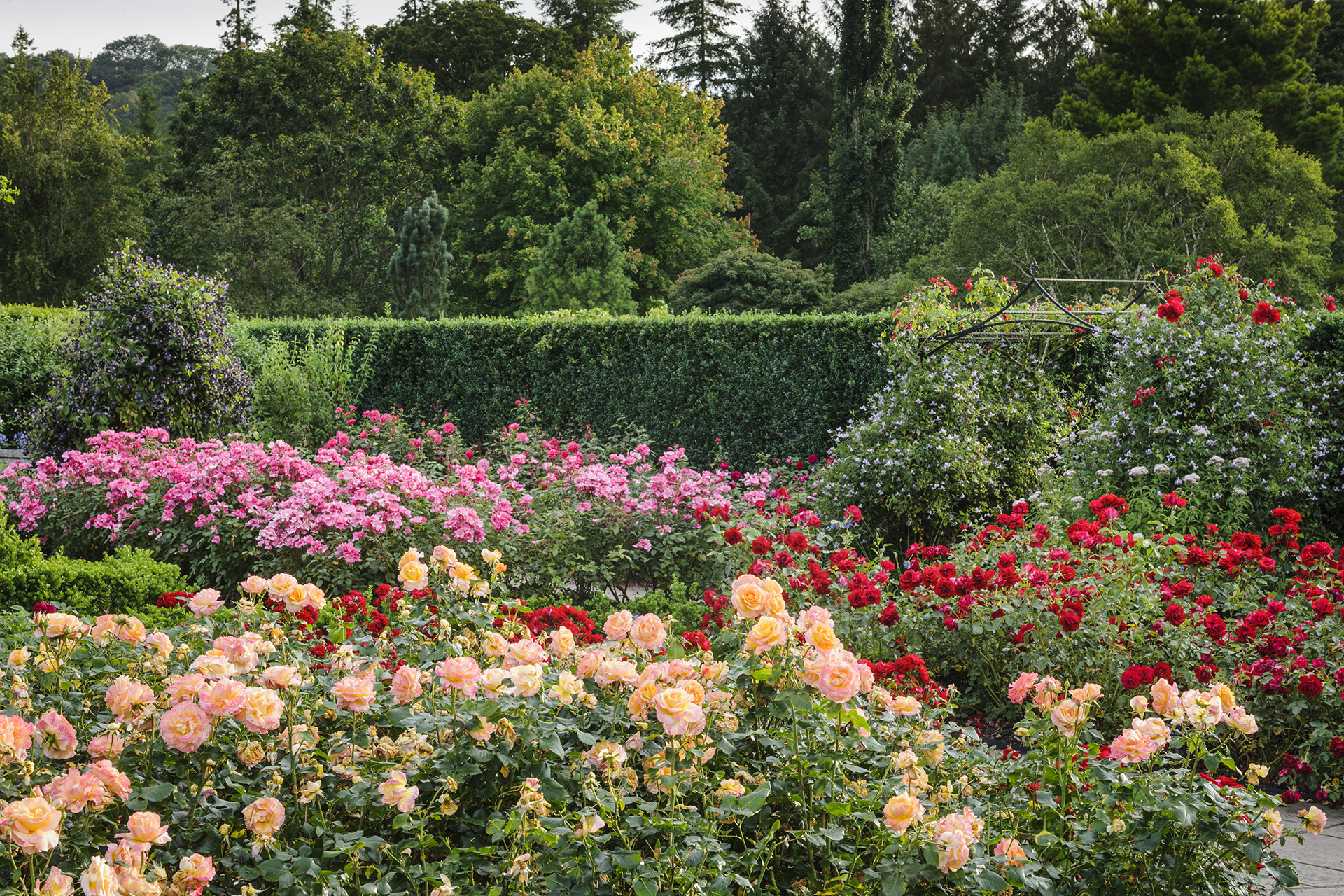
Planting multiple roses of the same variety is often seen in formal rose gardens and can look truly show-stopping. If doing this be sure to plant in odd numbers. If you're looking for inspiration, The Queen Mother’s Rose Garden at RHS Rosemoor has a fantastic array of modern rose types including Hybrid tea (large-flowered), floribunda (cluster-flowered) and shrub roses.
8. Line a path with rose arches
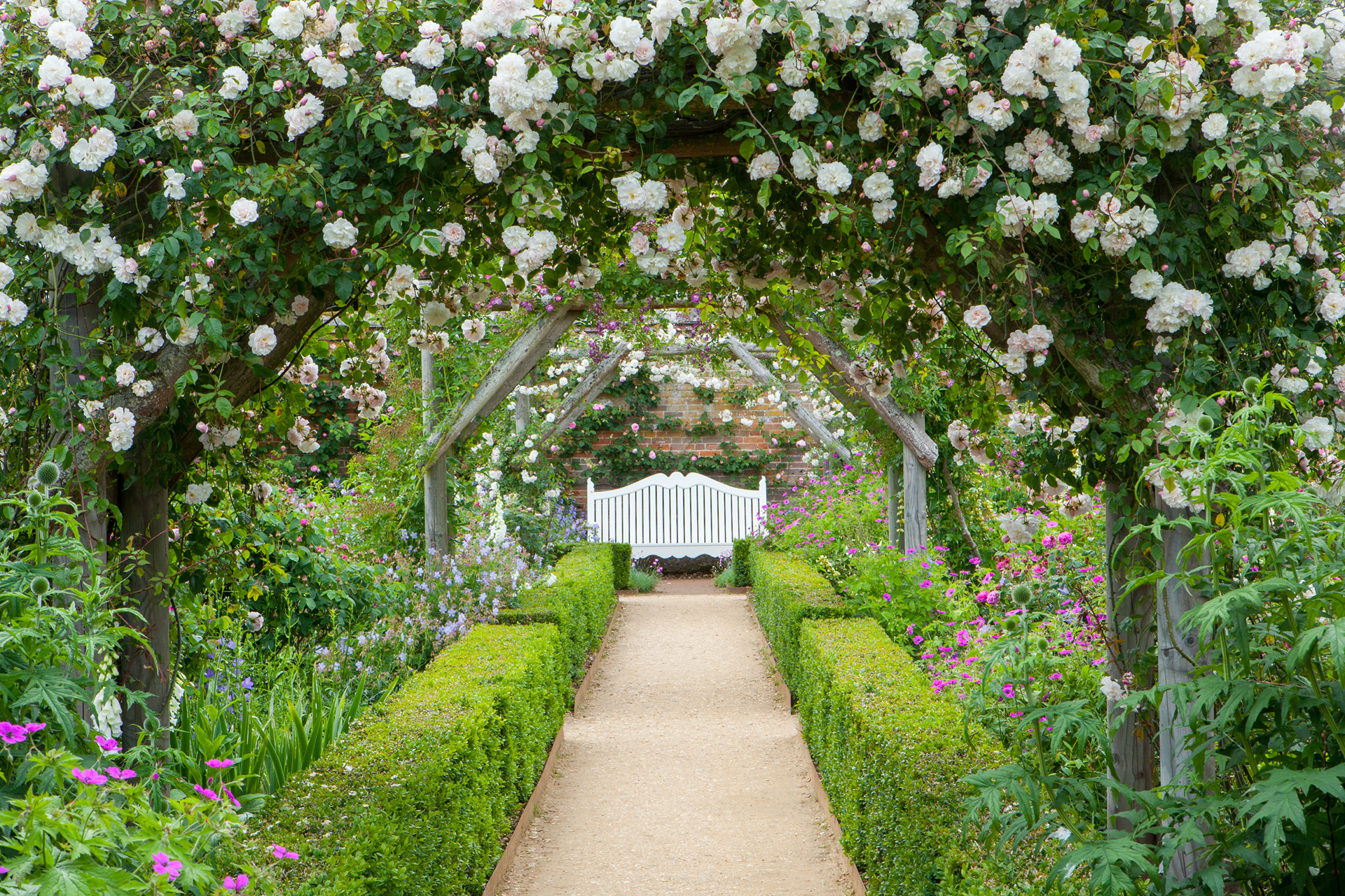
Training climbing roses over pergolas and arches along an avenue or pathway can make moving through a garden truly magical, as this image from the walled rose garden at National Trust Mottisfont proves, featuring arches covered in Rose Adelaide d'Orleans. Other climbing roses perfect for growing up an arch include The Generous Gardener, Malvern Hills and Constance Spry – unrivalled for scent. If you’re looking for rose garden inspiration be sure to visit National Trust Mottisfont, home to the National Collection of pre-1900 old-fashioned roses.
9. Pair roses with lavender for a cottage garden feel

Planting shrub roses with lavender is a classic combination which will guarantee a relaxed cottage feel and will bring color and fragrance throughout the summer. According to the rose experts at David Austin Roses, simple combinations cannot be underestimated; try planting its Boscobel rose with English lavender for a show-stopping and easy-to-maintain display.
10. Use rambling roses to soften garden walls and structures
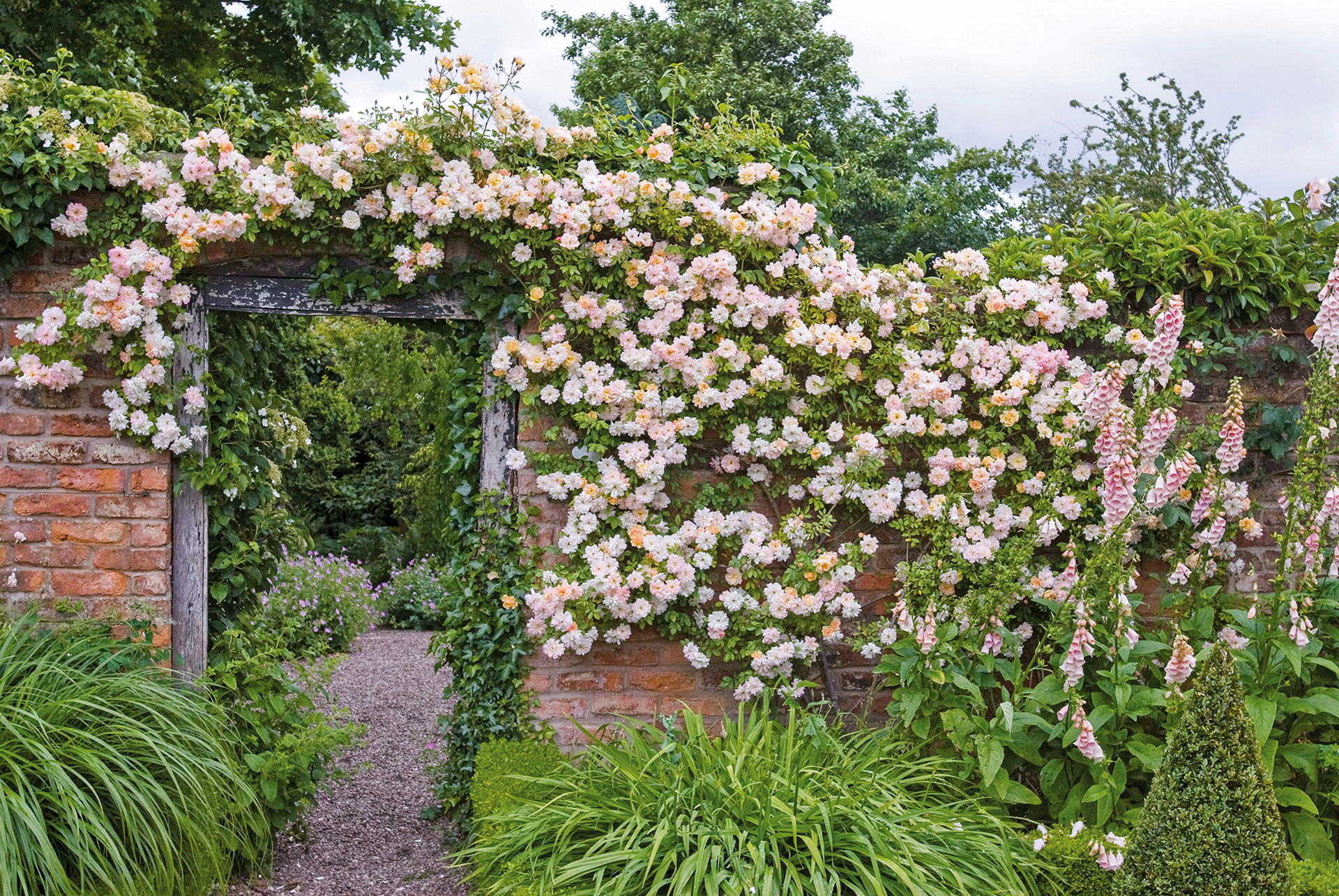
Climbing and rambling roses are a brilliant way to bring height and colour to a garden and are particularly useful if you’re looking to obscure unsightly structures. A classic rambler, David Austin’s Phyllis Bide, is a repeat flowerer that can grow up to 4.5 metres tall making it brilliant for this purpose.
- See: How to take rose cuttings – tips for propagating roses
11. Grow a rose garden around a doorway
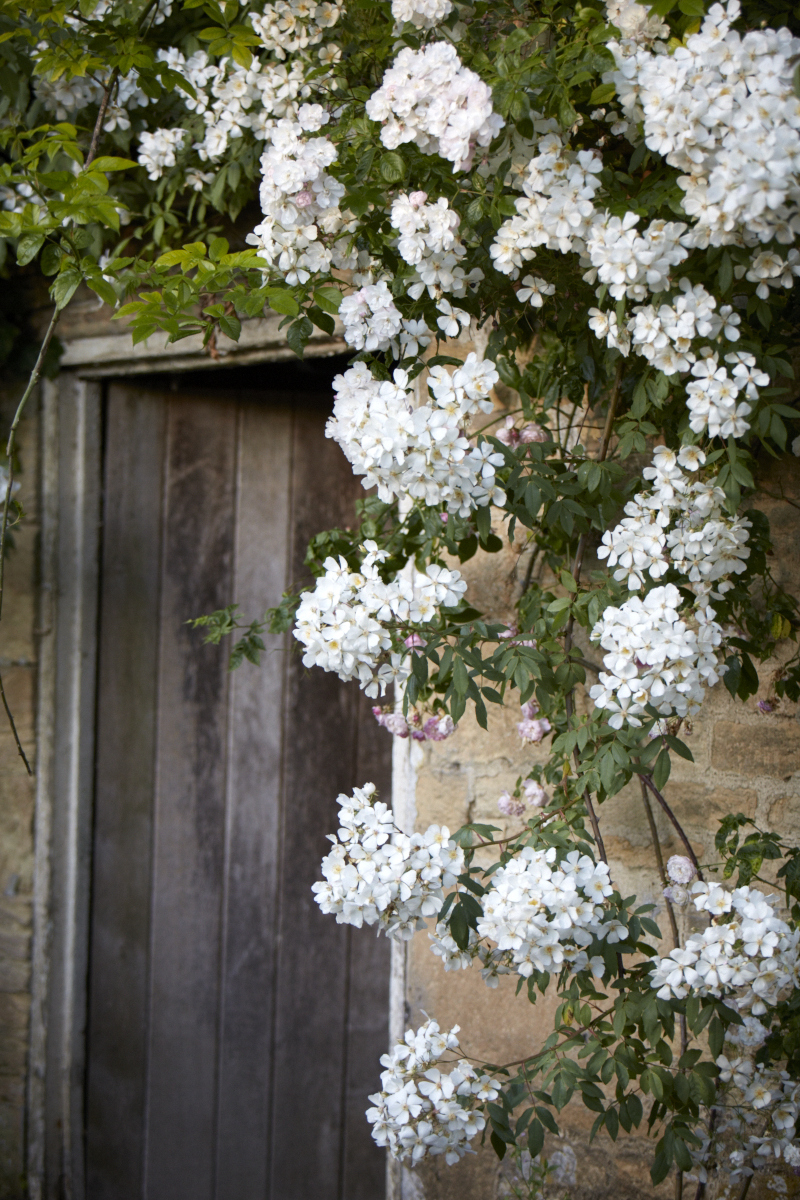
Growing a rose around a doorway can really make a feature of an entranceway. If growing a rose around a doorway, seating area, place where people pass or children play, then consider a variety with few thorns such as Mortimer Sackler or The Shepherdess.
12. Brighten up patios with potted roses
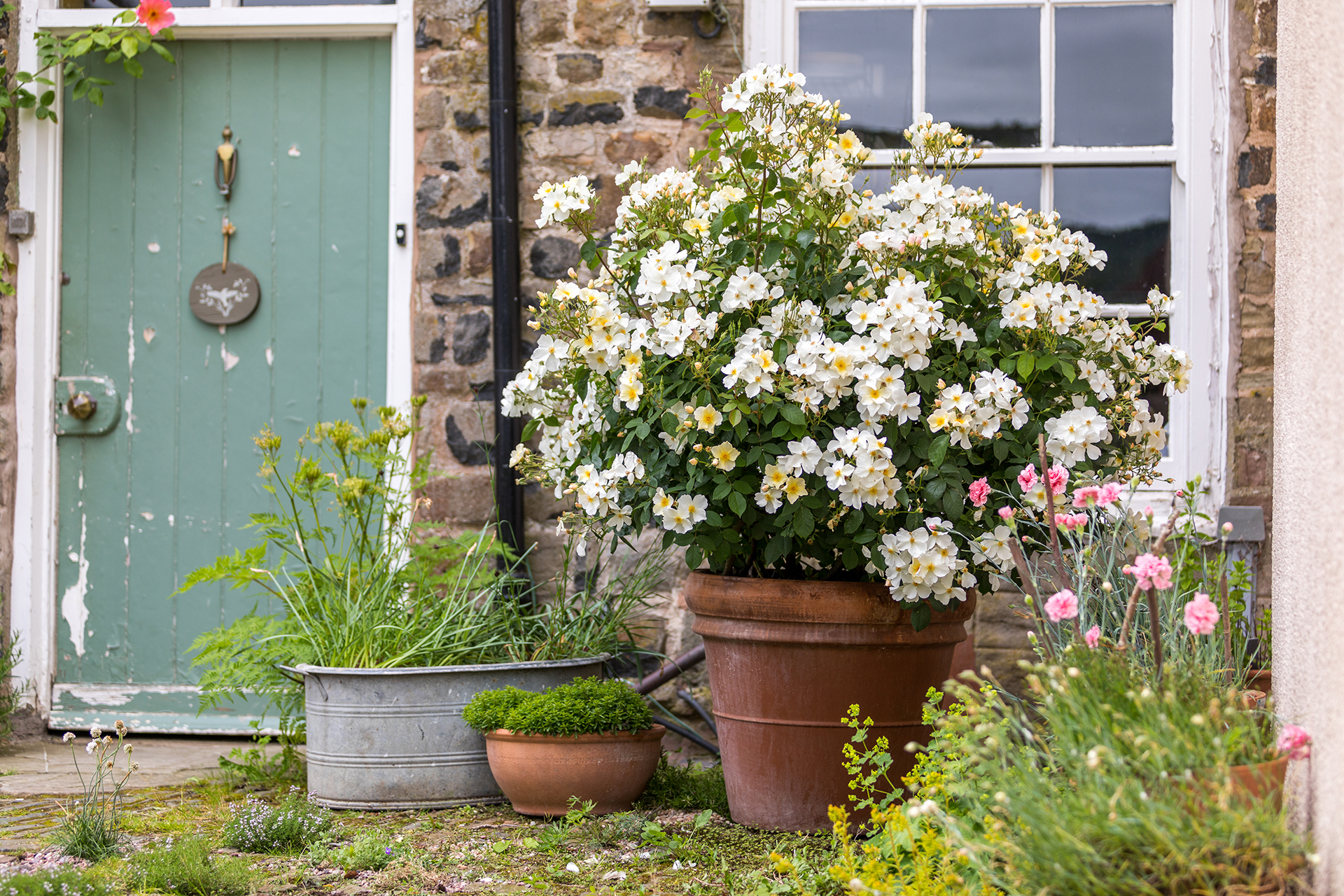
If space is at a premium then roses can easily be grown in containers to bring scent and color to a patio. Good roses for growing in pots include Harlow Carr, Princess Alexandra of Kent, Desdemona and Vanessa Bell, all available from David Austin Roses.
Raised garden bed ideas are another great way to incorporate roses into a more structured scheme.
13. Grow a rose over an obelisk to give height to borders
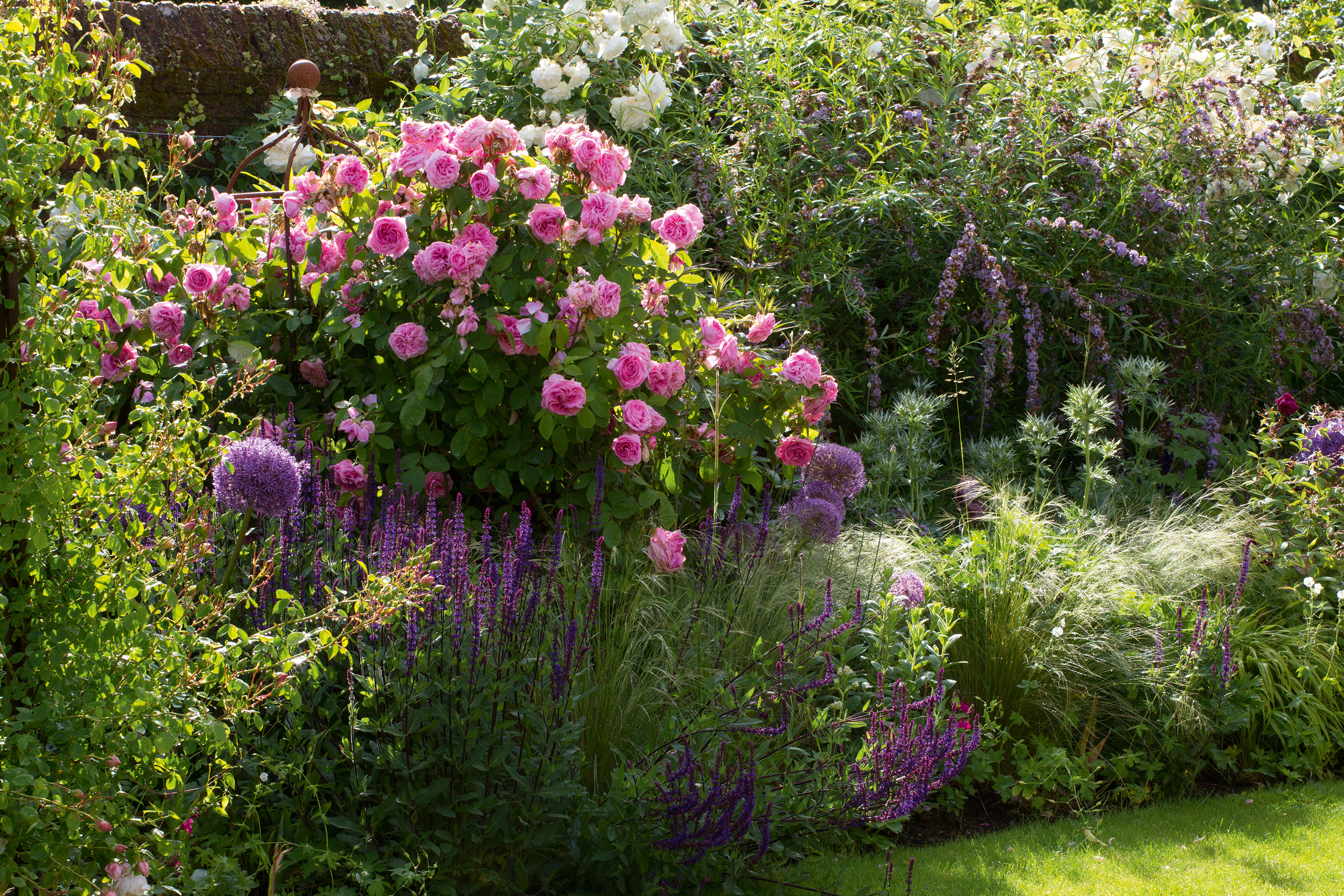
Growing a climbing rose up an obelisk is a brilliant way to bring height to mixed borders. Loved for its strong, Old Rose scent, Gertrude Jekyll is a brilliant choice for an obelisk which will bring beautiful fragrance and quintessential elegance to any garden.
14. Create a focal point with a rose-covered pergola
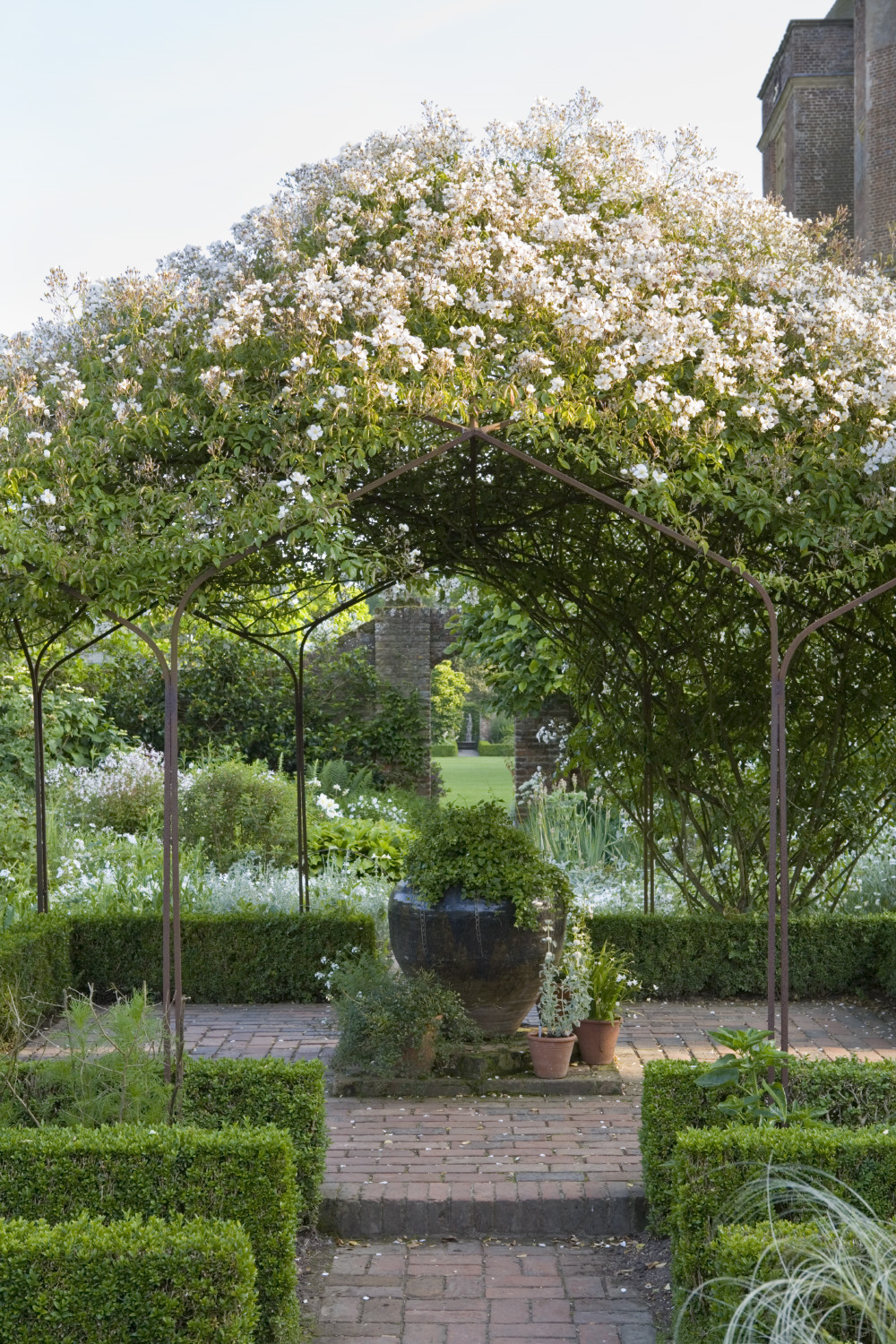
Growing a climbing or rambling rose over a perogla or gazebo can make a spectacular focal point in a garden. With their cascading, clusters of blooms and whimsical 'rambling' nature ramblers are a great choice for this, including varietes such as Rosa mulliganii, one of the biggest rose varieties, pictured here at Sissinghurst Castle Garden in the care of the National Trust.
How do you start a rose garden?
Prepare your path
The best soil for planting roses should be free-draining, slightly acid and medium in texture – neither sandy nor clayey. If your soil type differs from this, you can improve it by digging in lots of organic material – a few minutes of extra effort at this stage can lead to a healthy plant that gives you years of pleasure.
Start them well
It’s not advisable to plant new bushes where other roses have grown in the last three years, as this will greatly increase the risk of ‘rose sickness'. This occurs when fungi that grew around the roots and soil of the old plant start to attack the new one. The addition of around 30g of mycorrhizal fungi per rose bush is particularly helpful in poorer soil conditions or when roses are planted in areas where roses have previously been grown.
Choose the right rose
Bush roses look great in island beds mixed with perennials, while miniature varieties make excellent edging plants in front of the taller varieties. Shrub roses on the other hand, planted singly, can make excellent specimen plants, and you can also try clustering shrub varieties to make a flowering hedge. Smaller roses can be grown in pots.
Care for your roses
Deadheading roses is an important part of caring for a rose garden; doing so regularly during flowering season will keep yours neat.
Which roses are best for wildlife?
Roses with single or semi-double flowers because their nectar and pollen are accessible to bees and hoverflies. The golden rule is: if you can’t see the yellow stamens, a rose is not wildlife-friendly.
Great examples include the charming blush-white Jacqueline du Pré and the cheering, striped rosa mundi ( R. gallica ‘Versicolor’ ), which work well in borders. Garden designers increasingly use such single and semi-double varieties to create a contemporary, naturalistic look.
‘For wildlife, I suggest Comte de Champagne with almost single, soft-creamy-yellow flowers of medium size,’ says Michael Marriott . ‘They have many golden-yellow stamens in the center making them very attractive to wildlife. If not deadheaded, they will set a lovely crop of hips.’
Other great shrub roses that provide hips to feed birds during fall include ‘Scabrosa’ , which has fruit that resembles cherry tomatoes, and ’Geranium’ , which is hung with incredible flagon-shaped scarlet hips in the fall. Many ramblers (such as ‘Francis E. Lester’ ) are also excellent for hips. But not all roses produce hips, so check with your supplier.
Sign up to the Homes & Gardens newsletter
Design expertise in your inbox – from inspiring decorating ideas and beautiful celebrity homes to practical gardening advice and shopping round-ups.

Pippa is a contributor to Homes & Gardens. A graduate of Art History and formerly Style Editor at Period Living, she is passionate about architecture, creating decorating content, interior styling and writing about craft and historic homes. She enjoys searching out beautiful images and the latest trends to share with the Homes & Gardens audience. A keen gardener, when she’s not writing, you’ll find her growing flowers on her yard for styling projects.
-
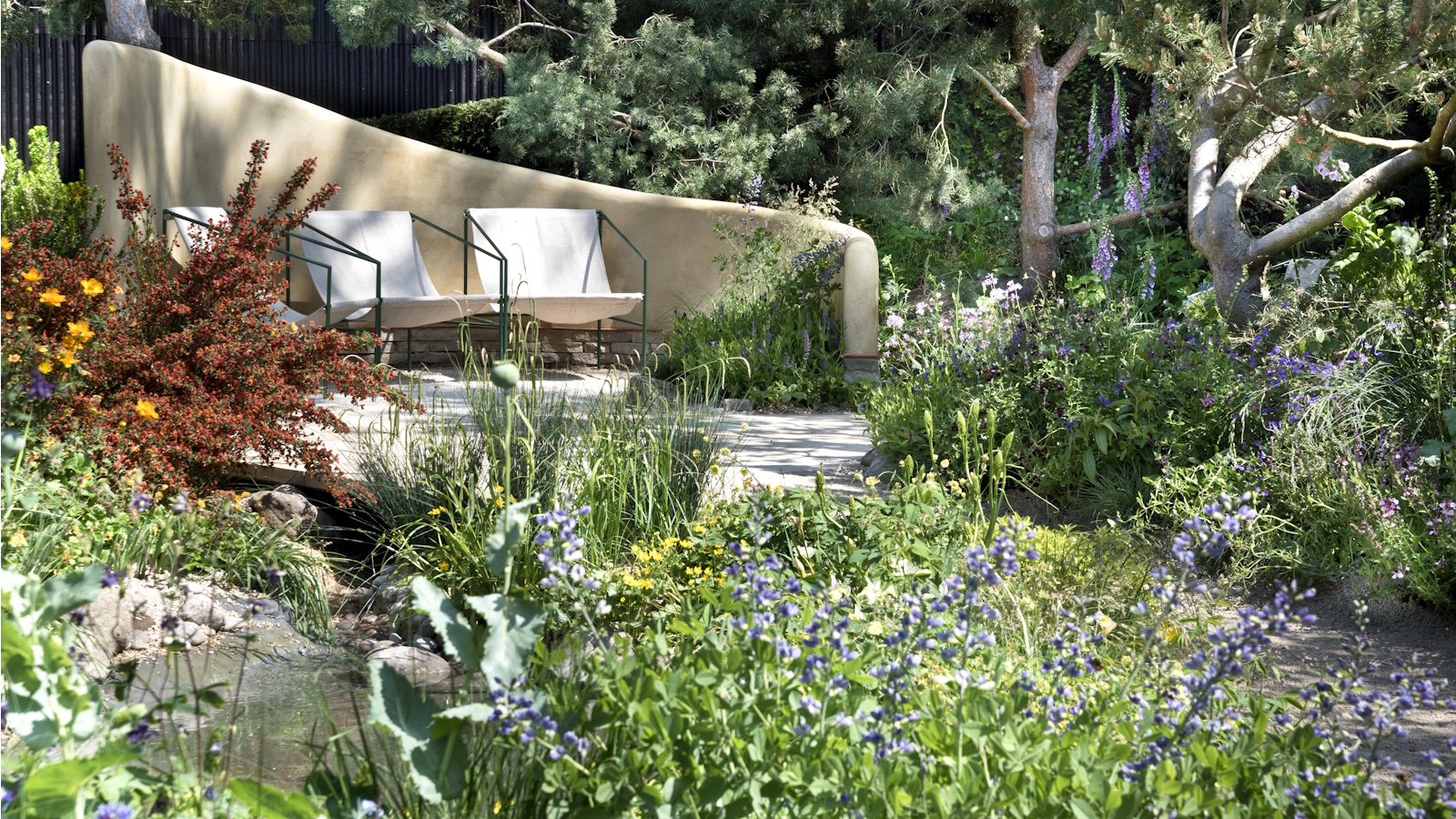 I just discovered the best non-toxic product for getting rid of ants in your yard – and you probably already have it in your bathroom cupboard
I just discovered the best non-toxic product for getting rid of ants in your yard – and you probably already have it in your bathroom cupboardThis household item is an effective ant deterrent that doesn't leach harmful chemicals into your soil
By Tenielle Jordison Published
-
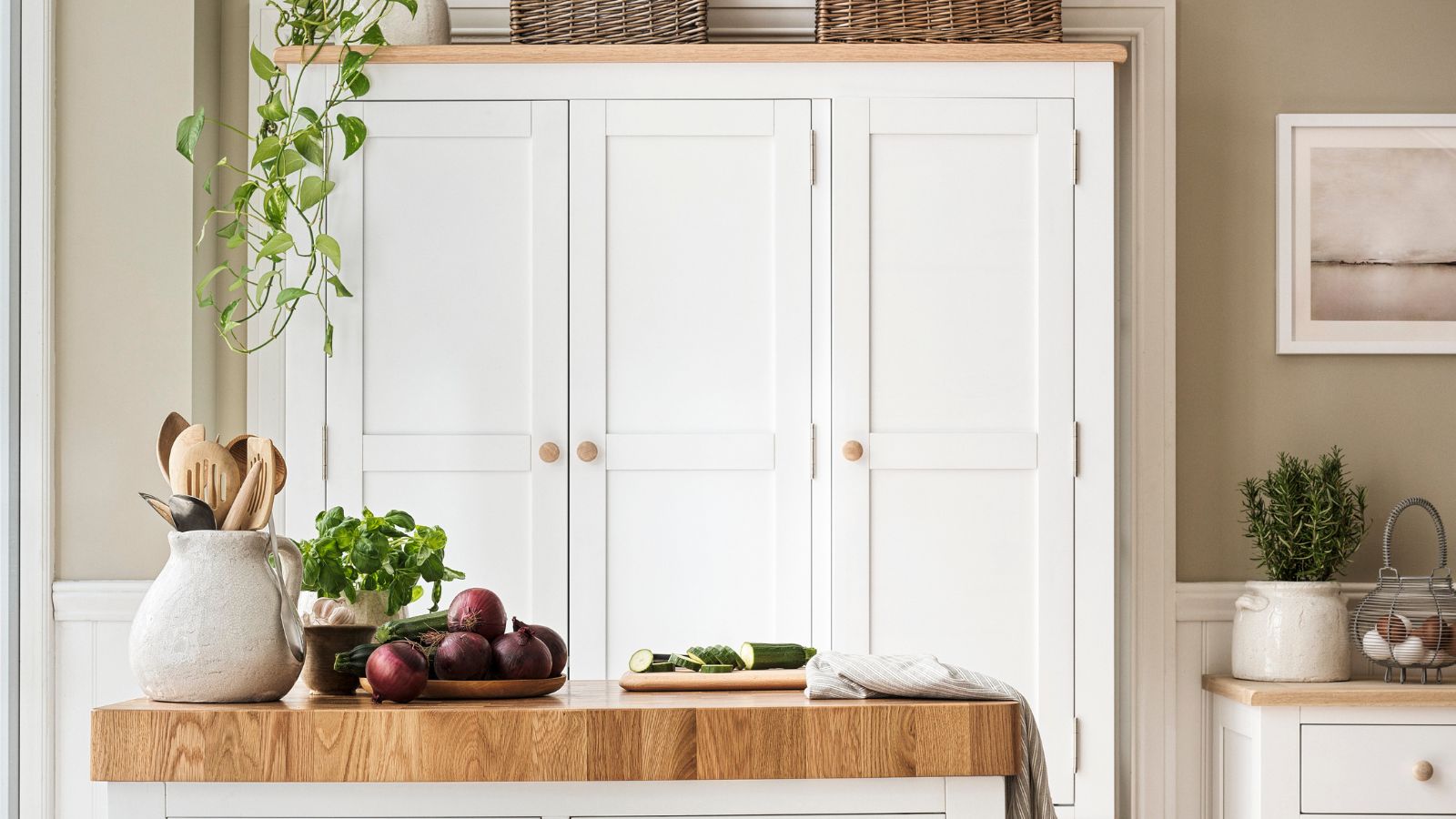 7 spring home maintenance mistakes to never make – overlooking these now can lead to pest problems and structural damage
7 spring home maintenance mistakes to never make – overlooking these now can lead to pest problems and structural damageHome improvement pros share common mistakes and what to do instead
By Eve Smallman Published